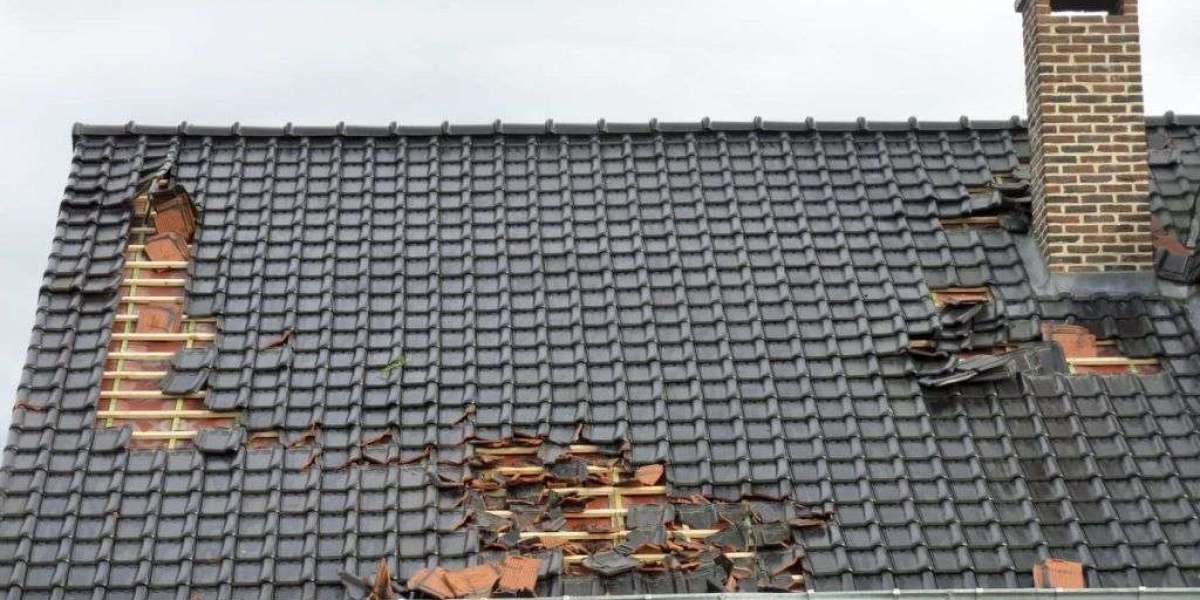A well-maintained roof is crucial for protecting your home and preventing costly repairs. Regular roof maintenance is essential, but the frequency of roof inspections and repairs depends on various factors, including climate, roof material, and age. Below, we’ll outline when and how often to schedule roof repairs, and the benefits of consistent maintenance in prolonging the life of your roof.
Why Regular Roof Maintenance Matters
Your roof is your home’s first line of defense against the elements, safeguarding you and your family from rain, wind, snow, and extreme weather conditions. However, over time, these factors can cause significant wear and tear. Small, unaddressed issues can quickly escalate into major damage that requires expensive repairs. Scheduling regular inspections helps identify minor problems early, ensuring they don’t turn into costly or irreparable damage.
How Often Should Roof Inspections Be Done?
Roof inspections are a vital part of roof maintenance. How often you should schedule an inspection depends on a variety of conditions, including local climate, roofing materials, and the age of the roof. Here’s a breakdown of recommendations for roof inspection frequency:
1. Annually for Most Roofs
Most roofing experts recommend scheduling at least one inspection annually. During this inspection, professionals can look for cracks, loose shingles, leaks, and other minor damages. Addressing these issues yearly is key to extending the roof’s lifespan and maintaining its strength.
2. Bi-Annually in Harsh Climates
In regions with harsh weather conditions such as heavy snowfall, intense heat, or hurricane-prone areas, twice-yearly inspections may be necessary. One inspection in spring and another in fall allows for identifying and repairing any damage that could worsen during extreme weather seasons.
3. Post-Storm Inspections
Strong storms can leave roofs with hidden damage that isn’t always visible from the ground. After any major weather event, such as hail, heavy rain, or windstorms, it’s essential to have a roofing professional inspect for potential damage. Immediate post-storm inspections can prevent minor damage from becoming a severe structural issue.
Key Factors That Determine Roof Repair Frequency
Not all roofs require the same level of attention. Various factors influence how often your roof will need maintenance and repairs, including:
1. Age of the Roof
Older roofs naturally require more frequent repairs. For roofs that are 20 years old or more, regular inspections and possible repairs every six months may be beneficial. Proactively addressing signs of aging helps keep these roofs functional and safe.
2. Type of Roofing Material
Different roofing materials have varying levels of durability. Asphalt shingles, for example, are durable but may still need regular inspection every year or two. Metal or tile roofs, on the other hand, are more resilient and may only need inspection every three years unless severe weather occurs.
3. Local Climate and Weather Patterns
If you live in an area with a mild climate, your roof may experience less stress and require fewer repairs. However, areas with high humidity, extreme heat, heavy snowfall, or high wind speeds put added strain on roofing materials. Scheduling inspections more frequently in such climates is prudent to prevent issues caused by fluctuating temperatures and moisture.
Signs Your Roof Needs Immediate Repairs
Regular maintenance prevents most issues, but sometimes a roof may show signs that immediate repair is necessary. Here are some indicators that your roof needs prompt attention:
Water Stains on Ceilings and Walls: Water stains indicate leaks, which could mean the roof membrane is compromised or shingles have become loose.
Missing or Damaged Shingles: Shingles that are cracked, curled, or completely missing expose the underlayment and allow moisture to enter.
Sagging Roof Sections: Structural problems can cause parts of the roof to sag, which often indicates internal water damage or weakened support structures.
Excessive Granules in Gutters: Asphalt shingles release granules as they age. A buildup of granules in gutters is a sign your shingles are deteriorating.
Increased Energy Bills: If your energy costs suddenly spike, poor roof insulation or ventilation might be the culprit, which can be improved with proper repairs.
Seasonal Maintenance Tips for Roof Longevity
Proper seasonal maintenance is essential in preventing major roof damage. Following these tips helps keep your roof in good condition year-round:
Spring: Clean and Inspect
Spring is an excellent time to clear away any debris that may have accumulated over the winter, including leaves, branches, and other materials that could trap moisture. Conduct an inspection to ensure there are no signs of winter weather damage, and address any minor repairs that may have surfaced during the colder months.
Summer: Check for UV and Heat Damage
The summer sun can be harsh on roofing materials, especially asphalt shingles that are more susceptible to heat damage. Summer is a good time to inspect for any blistering, warping, or cracked shingles caused by UV exposure and repair these issues to ensure protection.
Fall: Prepare for Winter
Fall is a crucial time to get your roof ready for winter. Trim back any overhanging branches, clean gutters, and check for any damage or weaknesses that snow and ice could exacerbate. Fall repairs are essential, as winter conditions can make small damages worsen quickly.
Winter: Monitor After Snowstorms
During winter, safely monitor your roof for signs of damage, especially after heavy snow or ice accumulation. If possible, carefully remove excess snow, as the weight can strain your roof, particularly if it's older or has signs of wear.
Benefits of Regular Roof Repairs
Scheduling roof repairs consistently provides multiple long-term benefits. Here’s how proactive maintenance can save you time and money:
Extends Roof Lifespan: Addressing minor issues regularly helps maintain the integrity of your roof, reducing the likelihood of premature replacement.
Saves Money on Major Repairs: Preventative repairs are typically much cheaper than extensive fixes for advanced damage.
Improves Energy Efficiency: A well-maintained roof contributes to better insulation and ventilation, reducing energy bills.
Increases Property Value: A maintained roof enhances the property’s value and appeal, reassuring potential buyers of its durability.
Choosing the Right Professional for Roof Repairs
Finding a qualified roofing contractor is key to ensuring repairs are effective. Look for licensed, insured professionals with good reviews. Local contractors often have a better understanding of regional weather patterns and can recommend maintenance schedules that suit your climate.








